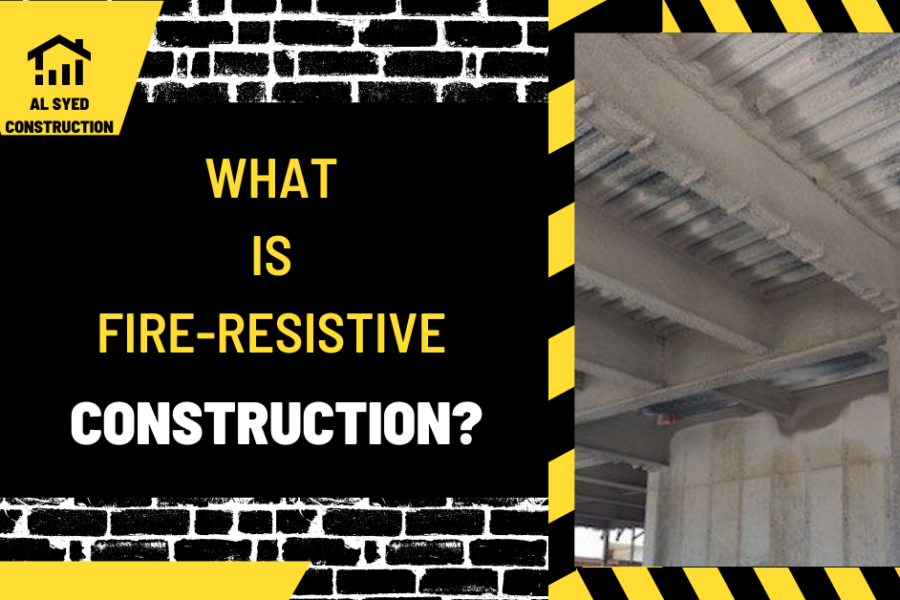What is Fire-Resistive Construction?
Fire-resistive construction is a method of building design that aims to contain fires and prevent them from spreading, thereby minimizing the risk of structural collapse and allowing occupants more time to evacuate safely. This approach uses materials and techniques that enhance the fire resistance of a structure, making it a critical aspect of modern construction for ensuring the safety and integrity of buildings. In this article, we will explore the key components, benefits, and applications of fire-resistive construction.
Understanding Fire-Resistive Construction
Definition of Fire-Resistive Construction
Fire-resistive construction involves the use of materials and design techniques that increase a building’s ability to withstand the effects of fire, including high temperatures and structural weakening.
Key Components
- Fire-Resistant Materials: Materials such as concrete, steel with protective coatings, and fire-rated glass are used to construct walls, floors, and ceilings.
- Fire Doors and Barriers: Specialized doors and barriers are installed to prevent the spread of fire and smoke between different sections of a building.
- Fire Suppression Systems: These include sprinkler systems, fire extinguishers, and other firefighting equipment strategically placed throughout the structure.
Benefits of Fire-Resistive Construction
Enhanced Safety
Fire-resistive construction provides occupants with more time to evacuate safely in the event of a fire, reducing the risk of injuries and fatalities.
Reduced Property Damage
By containing fires and preventing their spread, fire-resistive construction minimizes damage to the building and its contents, resulting in lower repair and replacement costs.
Compliance with Building Codes
Many building codes and regulations require certain levels of fire resistance for different types of structures, making fire-resistive construction essential for legal compliance.
Improved Firefighter Safety
Fire-resistive buildings provide a safer environment for firefighters to conduct rescue operations and extinguish fires.
Applications of Fire-Resistive Construction
High-Rise Buildings
Skyscrapers and other tall structures benefit from fire-resistive construction to ensure the safety of occupants and maintain structural integrity in case of a fire.
Hospitals and Schools
Public buildings such as hospitals and schools use fire-resistive construction to protect vulnerable populations and ensure a safe evacuation process.
Industrial and Commercial Facilities
Manufacturing plants, warehouses, and commercial complexes utilize fire-resistive construction to safeguard assets and maintain business continuity.
Conclusion
Fire-resistive construction is an essential aspect of modern building design, providing critical protection against the devastating effects of fires. By incorporating fire-resistant materials, barriers, and suppression systems, this approach enhances the safety of occupants, reduces property damage, and ensures compliance with building codes. As fire safety continues to be a priority in construction, the importance of fire-resistive construction will only grow.




